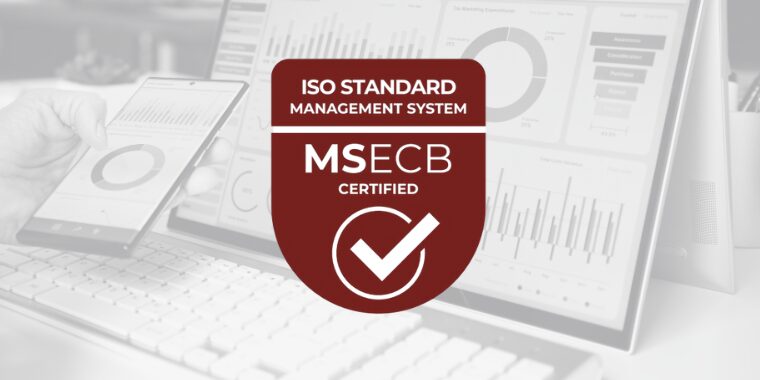In the time of COVID-19 it is hard to talk about winners, but nevertheless it looks like the OTT (Over-the-top delivery of TV and film via internet) industry is booming. The logic behind the numbers we are seeing is pretty natural, as people are spending more time at home consuming streamed content. Looking at the major platforms offering SVOD (Subscription Video On Demand) we see that a majority of them are subscription based only. Very few providers, among them CBS and Hulu, offer an Ad-supported business model.
From one side this can seem strange since all other media channels are heavily dependent on advertising. One reason for this is that many of the companies within this industry are ‘traditional’ Publishers that do not have the setup to manage this, neither from an organizational standpoint, nor a technological one. An example of this is the TV industry, which is filled with legacy technologies that cannot easily be switched towards an advertising based SVOD. If we look at new Publishers, like Netflix, they have made a strategic decision not to offer an Ad-supported subscription. Looking forward though, I would be incredibly surprised if companies like Netflix do not launch an Ad-supported subscription model after all.
If we would look at the same list of SVOD service providers in 12-24 months, I think at least 50% will have added an Ad-supported subscription model with a lower price for the end user. However, this will not be an easy transition, there are a lot of things that need to be done in order for these providers to be prepared to make the move. Some of them are:
- Replacing legacy systems. Or at least isolate them and implement new scalable technologies that can support the requirements for an Ad-supported subscription.
- Self-Service Advertising Platform – To avoid having +100 salespeople managing the advertising sales, a Self-Service Advertising platform would enable a much higher margin thanks to automation.
- New industry breaking Ad Formats. Users will not accept advertising interfering with their viewing experience anymore. Hulu for instance, recently won an award for their innovative approach to the adviewing experience, which aims to put the viewer in control by keeping the ad load light, the frequency low and features like “pause ads†that only shows when you’ve hit pause.
All in all, I believe that there is a window of opportunity for the whole OTT industry to break new ground during COVID-19 , and one way of doing this is through adding an Ad-supported subscription model.
Johan Liljelund, Chief Executive Vice President, DanAds




